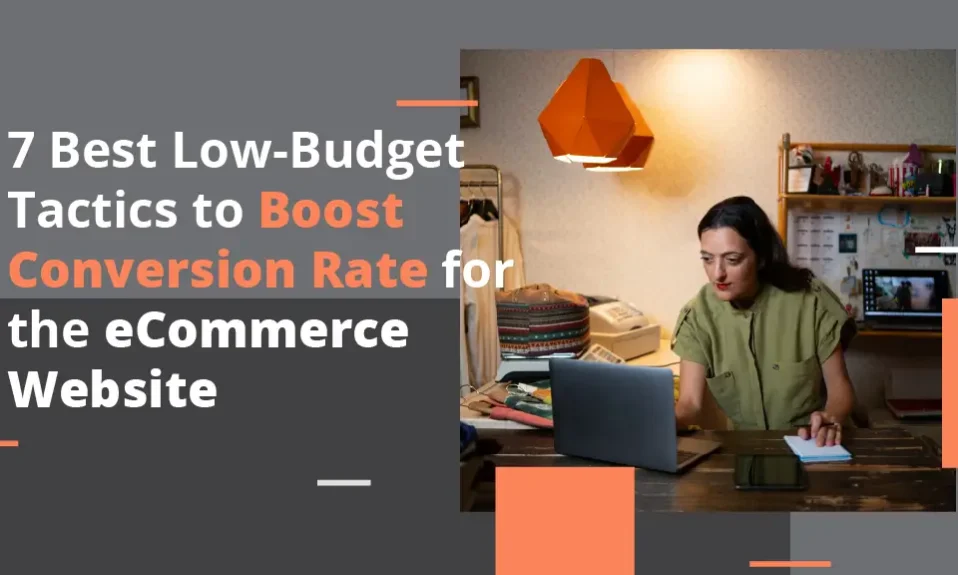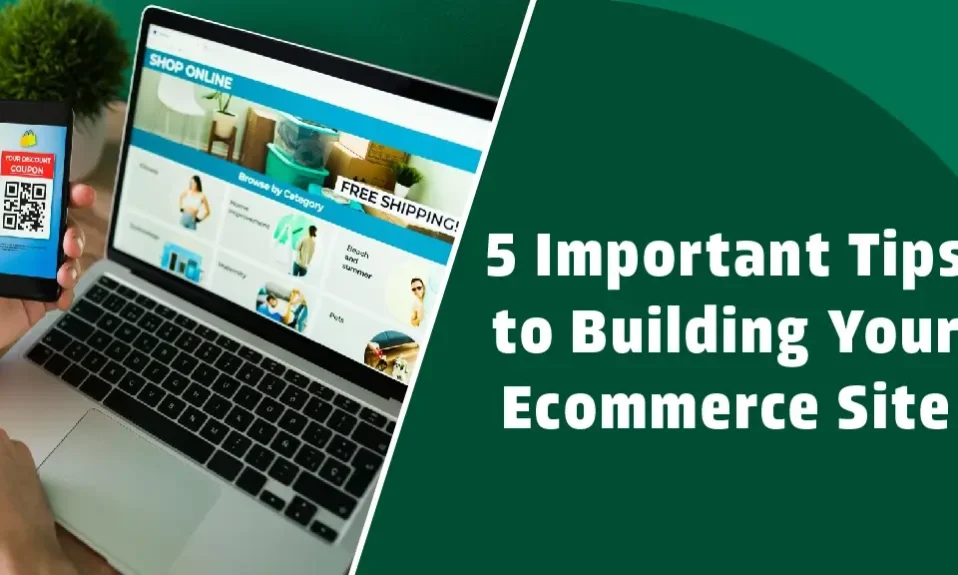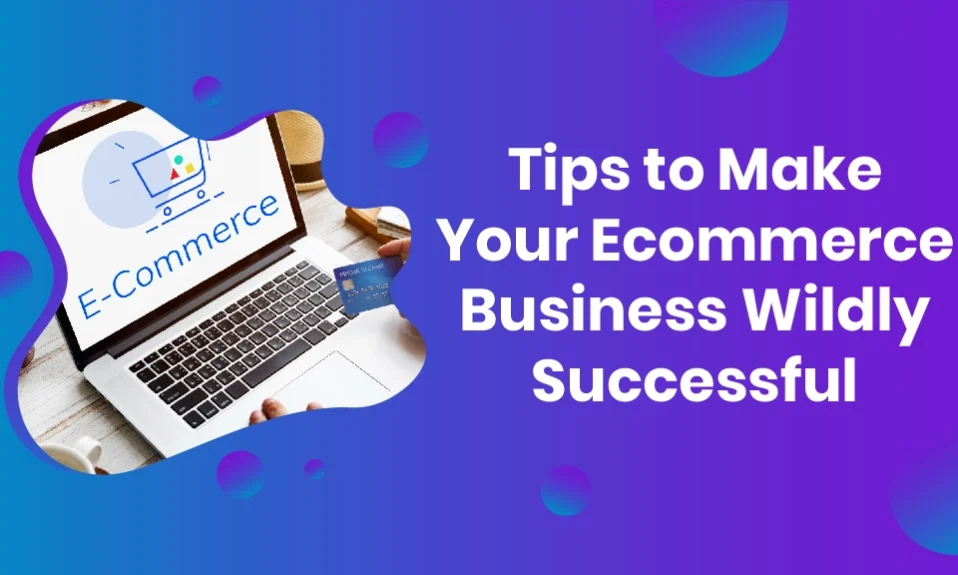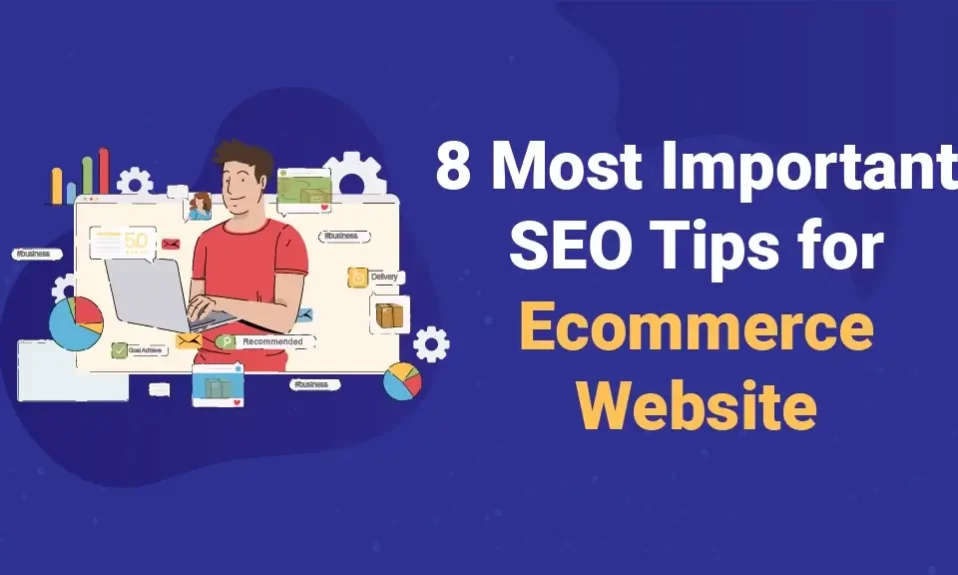The average eCommerce store typically sees its conversion rate hover around the 2-3% mark.
But your goal isn’t to be average, right?
So, let’s take a look at some of the most effective ways to increase your eCommerce site’s conversion rate and be better than the typical conversion rate.
an e-commerce site making $5,000 per day, a 1-second delay could potentially cost you $125,000 in lost revenue.
How to increase your eCommerce conversion rate
1. The need for speed
If your site takes longer than two seconds to load,53% of your customer lose interest.
Even a delay of a single second can result in a 7% reduction in conversions. For
It’s true. There are few things more frustrating than waiting for a website to load in today’s age of instant gratification.
Here are a few things you can do to make sure that you’re not leaving money on the table because of your site’s performance.
- Test your speed. Use Google Page Speed or even something like Pingdom to figure out your site’s baseline speed.
- Check your hosting plan. If your site host offers different hosting levels check Cantech.Cloud, make sure that you’re using a higher performing version.
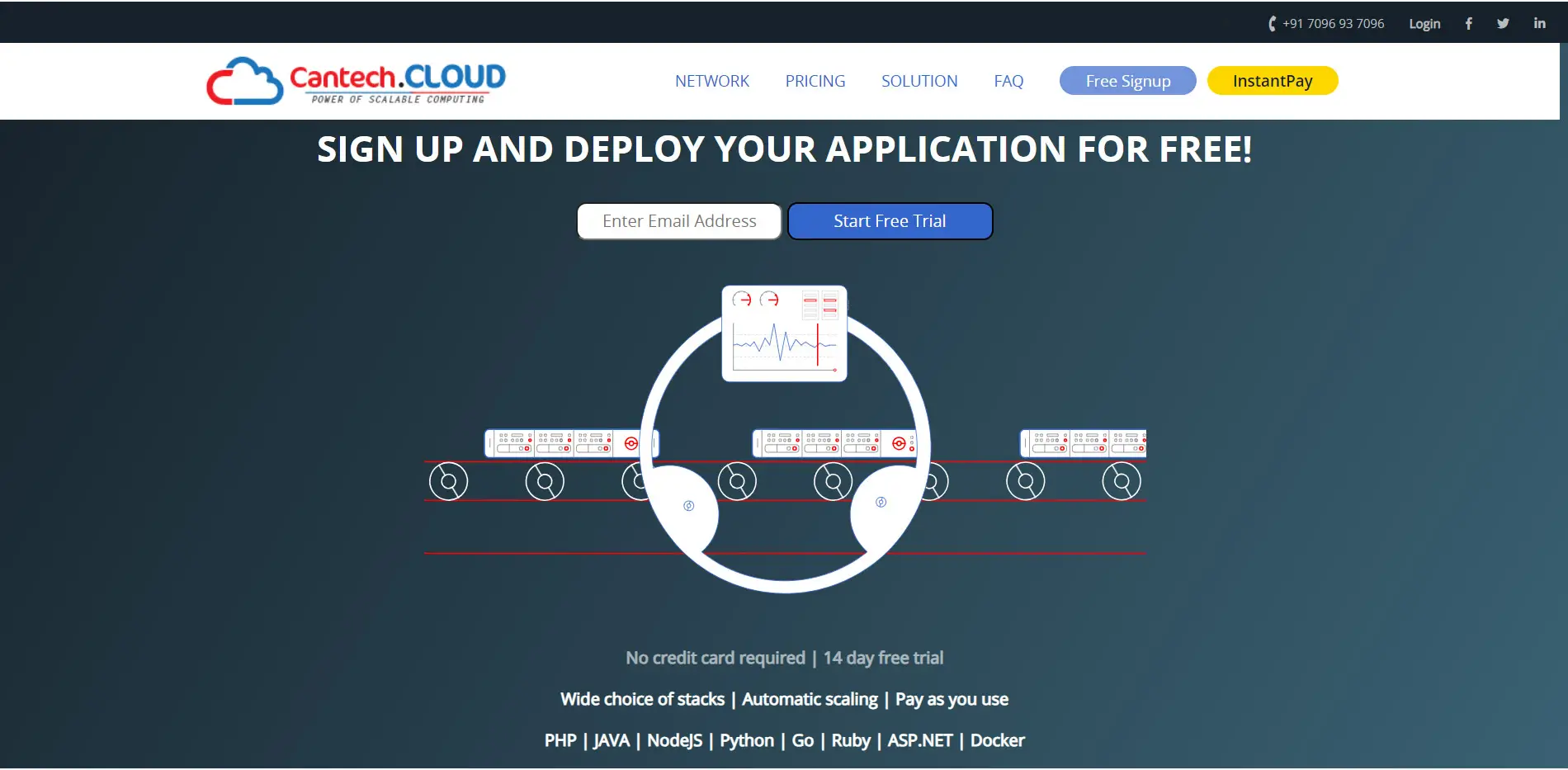
- Optimize images. There are so many tools out there both free and paid – that can be used to optimize your images for web and mobile.
No excuses. You have to make sure that your images aren’t killing your site’s performance.
2. Apply persuasive design and copy
While most of this article will be focused on the more “down-and-dirty” tactics for increasing your conversion rate, we want to begin by discussing the more overarching topic of site design in general.
If your site isn’t designed in a manner that keeps your visitors on the page — and moving forward with their transaction — none of the other tactics we’re about to discuss are going to make much of a difference.
That said, your site needs to be:
- Visually appealing
- Visually persuasive
The “appealing” part is pretty straight forward. Visual persuasiveness, on the other hand, is a little more nuanced. Essentially, the goal is to pull your visitors’ eyes to a certain part of the page — typically the part which will allow them to move a step closer toward converting.
Typically, the visitor’s attention will be drawn to the following elements almost immediately — in the following order:
- The main image
- The inlaid text
- The call-to-action button below the inlaid text
3.Make navigation simple and easy
Using the navigation bar at the top of the screen visitors are easily able to venture to the intermediary product category page they’re looking for. From there, they’ll be able to dig deeper into the specific products offered within each individual category.
Now, this is all well and good for those who are merely browsing your site for products they may like. For those who know exactly what they’re looking for, you need to provide a robust search solution.
While there are a number of factors to consider when optimizing your site’s search functionality, your main concern is, of course, in ensuring your visitors are presented with the most relevant products relating to their search term. As we’ll discuss in a bit, this is why your product pages need to be well-put together, complete with vital information presented in a way that matches your customers’ search queries.
4.Provide social proof
If people are buying your products, let everyone else know. People want to buy products that others are using and enjoying.
People read and trust online reviews and testimonials. 92% read online revieSocial share buttons with a counter are another way to show social proof. These encourage likes and shares.
A word of caution, though. If people aren’t liking and sharing, do not include a count showing that.
Showing off too few likes and shares can have a negative impact (it’s considered negative social proof).
The purpose of social proof is to show that your products are being purchased, used, and enjoyed. Low like/share numbers could make potential customers boltws and testimonials when considering a purchase.
5.Highlight security
Cybersecurity has been in the news a lot lately.The average cost of a data breach per record is $172. That’s how much it can cost you to lose control of your data for each credit card compromised.
How many customers have already trusted you with their data? Keep it safe.
Hacks and data breaches don’t inspire confidence to online shoppers who are asked to enter their credit card information.
Get yourself set up with a reputable site security provider and clearly show their seal on your site.
http://cantech.in/ssl certificates provide immediate security and ease the minds of your customers because the encryption method ensures that their data is kept safe at all times.
Over half of consumers only use sites with SSL security when shopping online.
6.Promote your sales section
Who doesn’t love a good sale? Some people will buy things they don’t even want or need simply because they’re on sale.
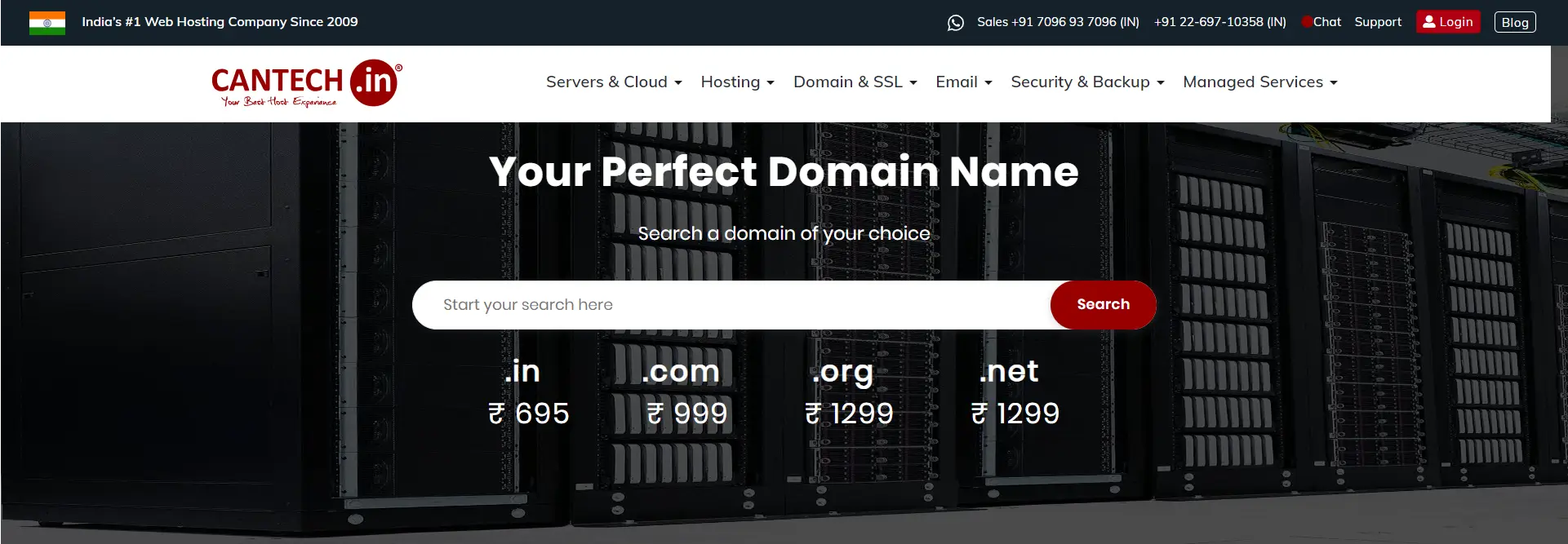
Appeal to them and make sure that your deal seekers are able to find what they’re looking for right away.
This is especially important when you consider that 45% of shoppers will only buy discounted products.
7.Provide multiple payment and delivery options
Nowadays — and especially in the world of eCommerce — there are a ton of different ways for consumers to make payments.
Of course, this doesn’t necessarily mean you need to cater to all of them; not only will you spread yourself too thin in doing so, but there’s a good chance that your customers won’t use many — or even most — of these options in the first place.
That said, you definitely want to figure out which methods your target consumers do tend to use, and be sure to offer them with no strings attached. Not accepting a less-widely used or accepted option might not lead to too many lost sales, but not accepting PayPal or Apple Pay, by today’s standards, can be an absolute killer.
Regarding delivery options, you essentially want to offer your customers a trade-off between cost and efficiency: If they’re willing to pay more for shipping, you want to be able to deliver their shipment as quickly as possible; if they’re willing to wait, you want to be able to offer cheap, or even free, shipping.
Repeat after me:
You do not want to lose out on sales because of a logistical issue regarding payment or delivery.

